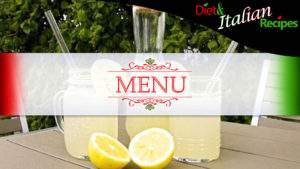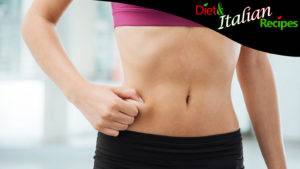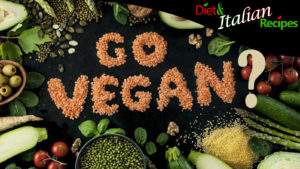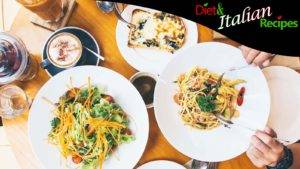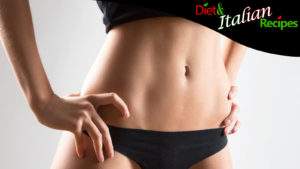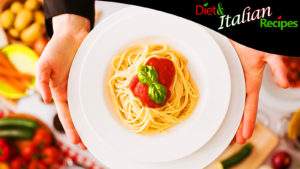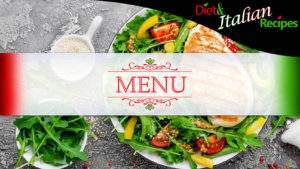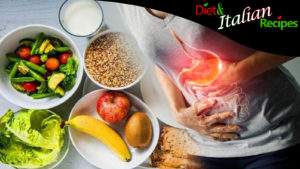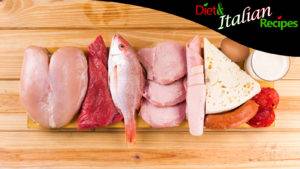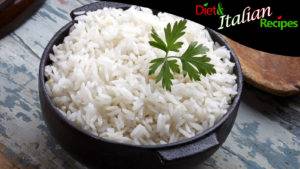Yeast intolerance is a condition that manifests through an adverse reaction caused by the consumption of foods containing yeast. This intolerance can cause a range of unpleasant symptoms. Those who suffer from yeast intolerance do not tolerate either fresh or dry yeast and must therefore find alternatives to continue eating and maintaining their health. There are a number of foods that should be avoided as they contain yeast, while there are other foods that can be consumed without problems. Many do not want to give up their favorite dishes, so it is useful to know how to substitute yeast in sweet and savory recipes, for example, in order to continue making cakes.
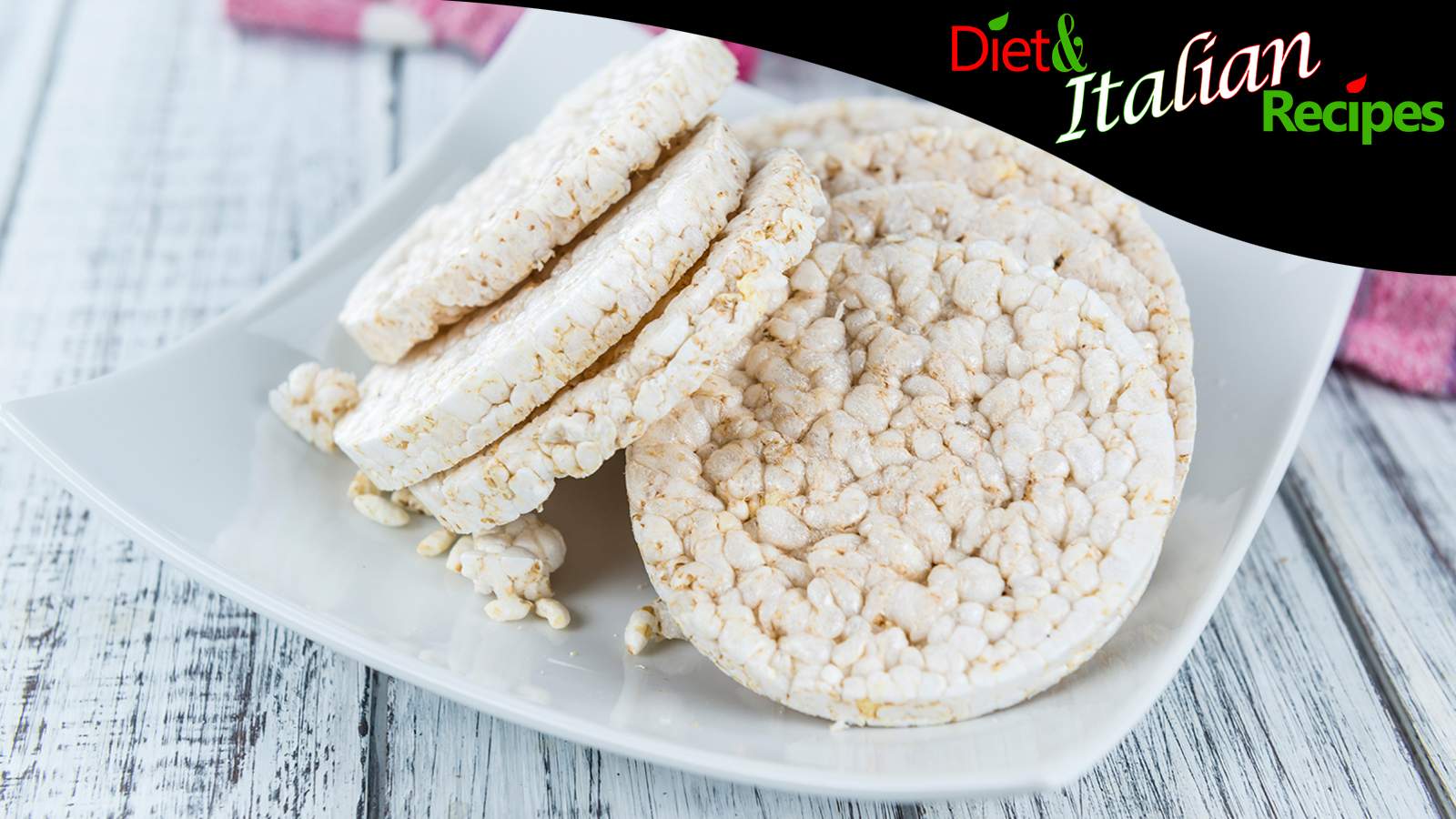
Yeast Intolerance: Symptoms and Causes
Yeast intolerance (both chemical and natural, such as sourdough) is associated with an unbalanced diet that can disrupt the gut flora. It is important to note that it is not yeast itself that causes the symptoms but rather the fermentation of sugars for which yeast is responsible. When the digestive system has to deal with leavened foods, the following symptoms may occur: bloating, changes in bowel habits, and headaches. Furthermore, yeast intolerance can also cause fatigue, candidiasis, eczema, abdominal swelling, diarrhea or constipation, water retention, and musculoskeletal pain. It is important to emphasize that yeast intolerance should not be confused with a true food allergy, and these symptoms can be caused by other conditions such as celiac disease or irritable bowel syndrome.
It is interesting to note that food intolerance usually leads to weight gain, but the discomfort associated with sugar fermentation can be alleviated with a yeast-free diet. If you suspect yeast intolerance, there are several alternatives to yeast-containing products, and proper meal planning can help alleviate symptoms and improve overall well-being.
Difference Between Natural and Chemical Yeast
Now I’ll explain the difference between natural yeast and chemical yeast. In these lines, I will provide useful information on the distinction between these two types of yeast and how they can affect your diet.
Let’s start with natural yeast. This type of yeast is also known as sourdough or mother dough. It is a mixture of flour and water left to ferment for a certain period. During this process, bacteria in the air and on the flour interact with the sugars in the mixture, creating carbon dioxide and alcohol. It is the presence of carbon dioxide that causes the dough to rise, making it soft and fluffy.
Natural yeast is a popular choice for many bakers and baking enthusiasts. Besides providing the yeast needed to leaven the dough, it also imparts a distinctive flavor to the bread. This type of yeast takes longer to ferment compared to chemical yeast, but many prefer it for its naturalness and digestive benefits.
Chemical yeast. This type of yeast is a mixture of chemicals, typically composed of baking soda and an acid like cream of tartar or citric acid. When chemical yeast is added to the dough and heated, the chemicals react to produce carbon dioxide, which causes the dough to rise.
Chemical yeast is very common in processed foods like cookies, cakes, and pancakes. It is convenient to use as it does not require long fermentation times and produces quick results. However, some argue that chemical yeast may have negative health effects, especially for those with yeast intolerance or allergies.
Avoid both Natural and Chemical yeast
If you are dealing with yeast intolerance, you may want to avoid both natural and chemical yeast. Fortunately, there are several alternatives available in the market. You can opt for yeast-free foods like bread or desserts made with alternative flours or specific leavening agents. Additionally, you can look for recipes that use brewer’s yeast as a substitute for traditional yeast.
In summary, the difference between natural yeast and chemical yeast primarily relates to the fermentation method and the ingredients involved. While natural yeast takes more time and relies on natural bacteria for fermentation, chemical yeast depends on chemicals to achieve leavening. The choice of yeast type depends on your personal preferences and dietary needs.
What to Eat with Yeast Intolerance: List of Yeast-Free Foods
Individuals suffering from yeast intolerance must adopt a diet free of this component to improve their well-being. Here is a list of yeast-free foods that can be helpful in understanding what to consume and include in your daily diet.
- Eggs
- Meat
- Fish and seafood
- Garlic and onions
- Avocado
- Black olives
- Nuts
- Apple cider vinegar
- Matzo bread
- Rice, rice pasta, rice cakes, rice cereals
- Crackers, breadsticks, toast, and piadina without yeast
- Whole grains and pasta
- Coffee, herbal teas, and tea (less sugary drinks and black tea)
- Natural sweeteners, like stevia (not sugar)
- Oil and butter (not margarine)
- Legumes (not canned)
- Fruits (less sweet ones like grapes, bananas, figs)
- Vegetables (preferably low-starch ones like peppers, salads, cabbages, artichokes)
What to Eat and Why
- Fresh fruits and vegetables: Various fresh fruit and vegetable varieties are excellent options for those with yeast intolerance. It is recommended to consume fruits like apples, pears, oranges, bananas, and melons, as well as vegetables like carrots, zucchini, spinach, tomatoes, and peppers.
- Fresh meats: Fresh meats such as chicken, turkey, beef, and pork can be included in a yeast-free diet. It is recommended to prepare meats simply, avoiding seasonings or sauces that may contain yeast.
- Fish and seafood: Fresh fish and seafood like salmon, tuna, shrimp, and mussels are good choices for those with yeast intolerance. They can be steamed, grilled, or boiled, avoiding the use of sauces or marinades containing yeast.
- Yeast-free grains: There are several yeast-free grain alternatives that can be included in the diet. Rice, quinoa, buckwheat, and corn are some recommended options. It is important to check product labels to ensure they are yeast-free.
- Fresh dairy: Fresh milk, cheeses, and yogurt can be consumed by those with yeast intolerance. It is advisable to read dairy product labels carefully, as some may contain additives that contain yeast.
- Yeast-free beverages: To quench your thirst, you can opt for yeast-free beverages such as water, fresh fruit juices, and herbal teas without added yeast.
This list of yeast-free foods provides a general idea of what to eat for those suffering from yeast intolerance. However, it is advisable to opt for a personalized meal plan based on your specific needs.
Following a yeast-free diet requires initial commitment, but the results are worth it. With a variety of nutritious foods, tasty alternatives, and proper meal planning, you can effectively manage yeast intolerance. Don’t let yeast intolerance limit your culinary experience; explore new recipes and discover new flavors to make your yeast-free diet just as enjoyable.
A Sample Yeast-Free Diet
Would a small example of a yeast-free diet be helpful? Of course, here is what an ideal day of eating could look like:
- BREAKFAST: Oatmeal with cocoa + fresh fruit.
- MORNING SNACK: Rice cakes + cream cheese + prosciutto.
- LUNCH: Whole wheat pasta with pesto + hard-boiled egg.
- AFTERNOON SNACK: Fresh fruit.
- DINNER: Baked salmon fillet + roasted potatoes + salad dressed with apple cider vinegar.
A yeast-free diet provides a balance of nutrient-rich foods that can be consumed without problems. Including fresh, seasonal fruits in your snacks is always a recommended choice. Eggs and salmon provide a good amount of protein, and you can indulge in tasty dishes like pesto pasta and roasted potatoes. The goal is to manage your diet in a varied and balanced way every day. It may require some effort initially, but once you gain the right experience, eating without yeast will be easy and equally rewarding.
Many symptoms of yeast intolerance can be avoided by following a proper diet. It is important to know which foods to avoid and which to consume in order to minimize negative effects. For example, it is advisable to avoid brewer’s yeast and seek suitable alternatives. Similarly, there are some yeast-free foods to include in your diet that can help meet your nutritional needs. Experiment with different recipes and food options to find the ones that satisfy you the most.
Yeast intolerance can cause discomfort and unpleasant symptoms, but with proper dietary management, you can improve your quality of life. Remember to be cautious about ingredients in packaged products, as many may contain yeast or other derivatives. Reading food labels carefully and opting for yeast-free foods will help you avoid discomfort.
What Not to Eat with Yeast Intolerance: List of Foods to Avoid
If you have yeast intolerance, it’s important to know which foods to avoid to prevent unpleasant side effects. Yeast intolerance can cause uncomfortable symptoms, so it’s crucial to be aware of the list of foods to steer clear of in your diet.
One of the foods to avoid is brewer’s yeast, which is a common source of yeast in our kitchens. Although you may enjoy the taste of leavened bread, it’s best to seek yeast-free alternatives to avoid digestive issues. Remember to read food labels carefully, as yeast can hide in many packaged products.
Additionally, it’s important to pay attention to foods that contain chemical yeast. This ingredient is often used as a leavening agent in many baked goods like cookies, cakes, and bread. If you have yeast intolerance, it’s better to avoid these foods or look for alternatives without chemical yeast.
In addition to brewer’s yeast and chemical yeast, there are other foods you should avoid if you have yeast intolerance. These include baked goods like pizza, bread, pasta, and sweets that have been leavened with yeast. It’s also advisable to avoid fermented beverages like beer and wine, as they contain yeast in their production.
Fortunately, there are many alternatives you can include in your yeast-free diet. For example, you can opt for yeast-free bread and pasta, which are available in specialty stores or the health food sections of supermarkets. Furthermore, you can enjoy grains, rice, vegetables, fruits, meats, fish, and dairy without worrying about yeast.
It’s important to emphasize that if you have yeast intolerance, you may want to opt for a customized diet. This way, you can plan meals to meet your specific nutritional needs without sacrificing taste and variety.
List of foods to avoid in your diet:
Always remember to read food labels carefully, be mindful of what you eat, and make informed choices to manage yeast intolerance effectively. Choosing a diet tailored to your needs can help you lead a healthy life without the discomfort associated with yeast intolerance.
- Bread
- Cookies
- Leavened cakes
- Savory snacks
- Mushrooms
- Vinegar
- Canned products
- Preserves
- Smoked meats
- Pickled vegetables
- Alcoholic beverages and soft drinks (wine, beer, spirits)
- Carbonated drinks
- Sugary beverages
- Sugar
- Chocolate (non-cocoa)
- Yogurt
- Sauces (especially mustard and mayonnaise)
- Fresh or aged cheeses (margarine in particular)
Yeast Replacement: Discover alternatives for delicious results
If you’re wondering how to replace yeast, you’re in the right place! Fortunately, there are many ways to substitute yeast in our favorite recipes without compromising the final result. Whether you’re preparing sweet or savory cakes, you can now achieve delicious results without yeast.
Yeast-free sweet cakes are a great example of how you can achieve a soft and tasty dessert without using yeast. Similarly, savory cakes and snacks can be prepared without yeast, still ensuring a delicious flavor.
But how can you replace yeast in your recipes? Here are some useful tips:
- 1 tablespoon of baking soda with 30 ml of apple cider vinegar or 30 ml of lemon juice;
- 5 g of baking ammonia for desserts;
- 8 g of cream of tartar with 1 tablespoon of baking soda;
- 4 beaten egg whites + 1 teaspoon of baking soda.
During the recipe preparation, we will mix the powders (baking soda, baking ammonia, cream of tartar) into the flour and the other ingredients (beaten egg whites, apple cider vinegar, lemon juice) into the liquid part of the recipe. However, we must advise against making an apple cake with ammonia because the taste would be absorbed by the apples.
SHARE Yeast Intolerance: How to Replace It, What to Eat, and Foods to Avoid.
The information provided in the Diet and Italian Recipes articles is for INFORMATION ONLY and does not intend to replace the opinion of professional figures such as a doctor, nutritionist, or dietitian, whose intervention is necessary for the prescription and composition of personalized dietary therapies.
